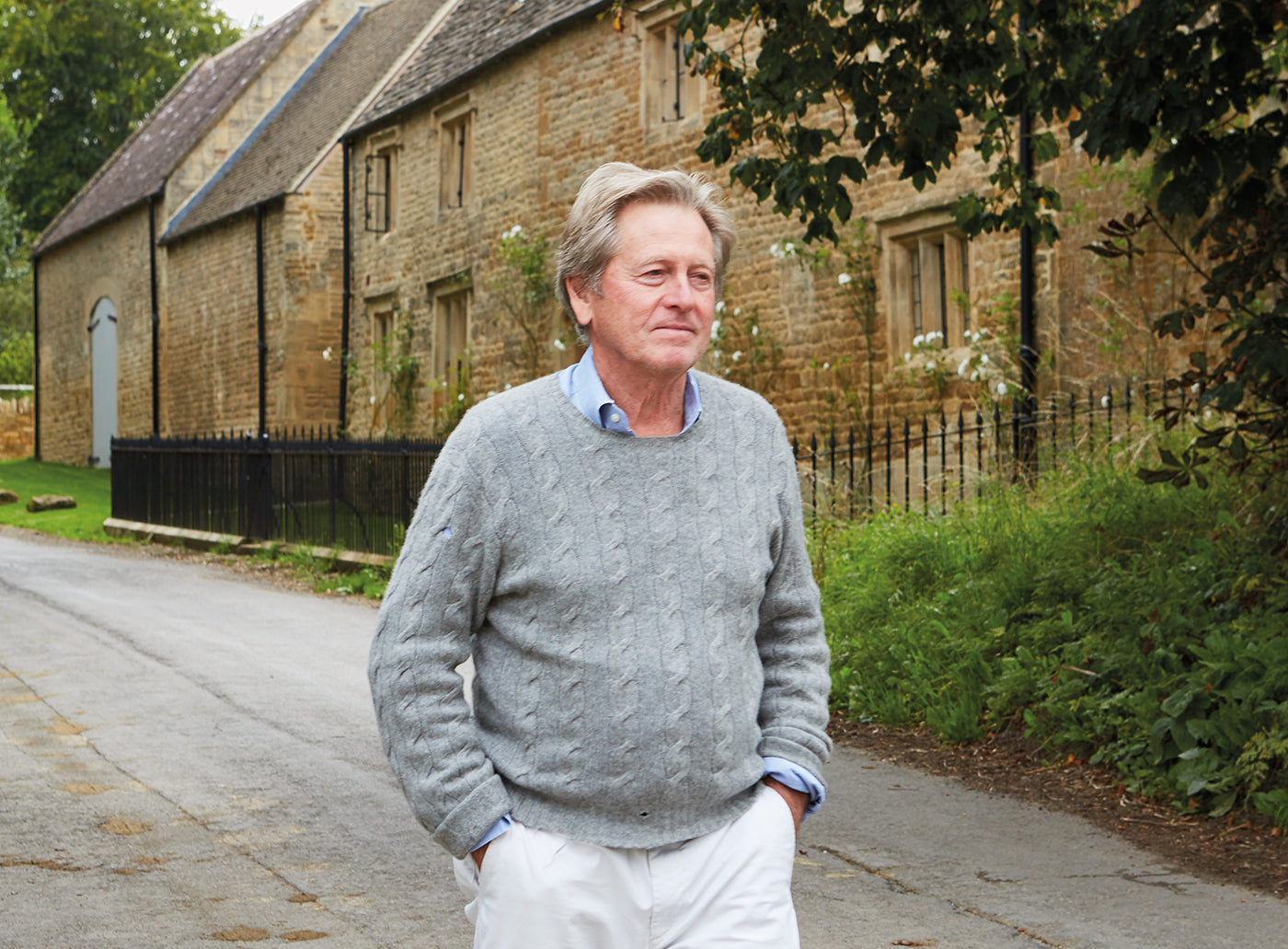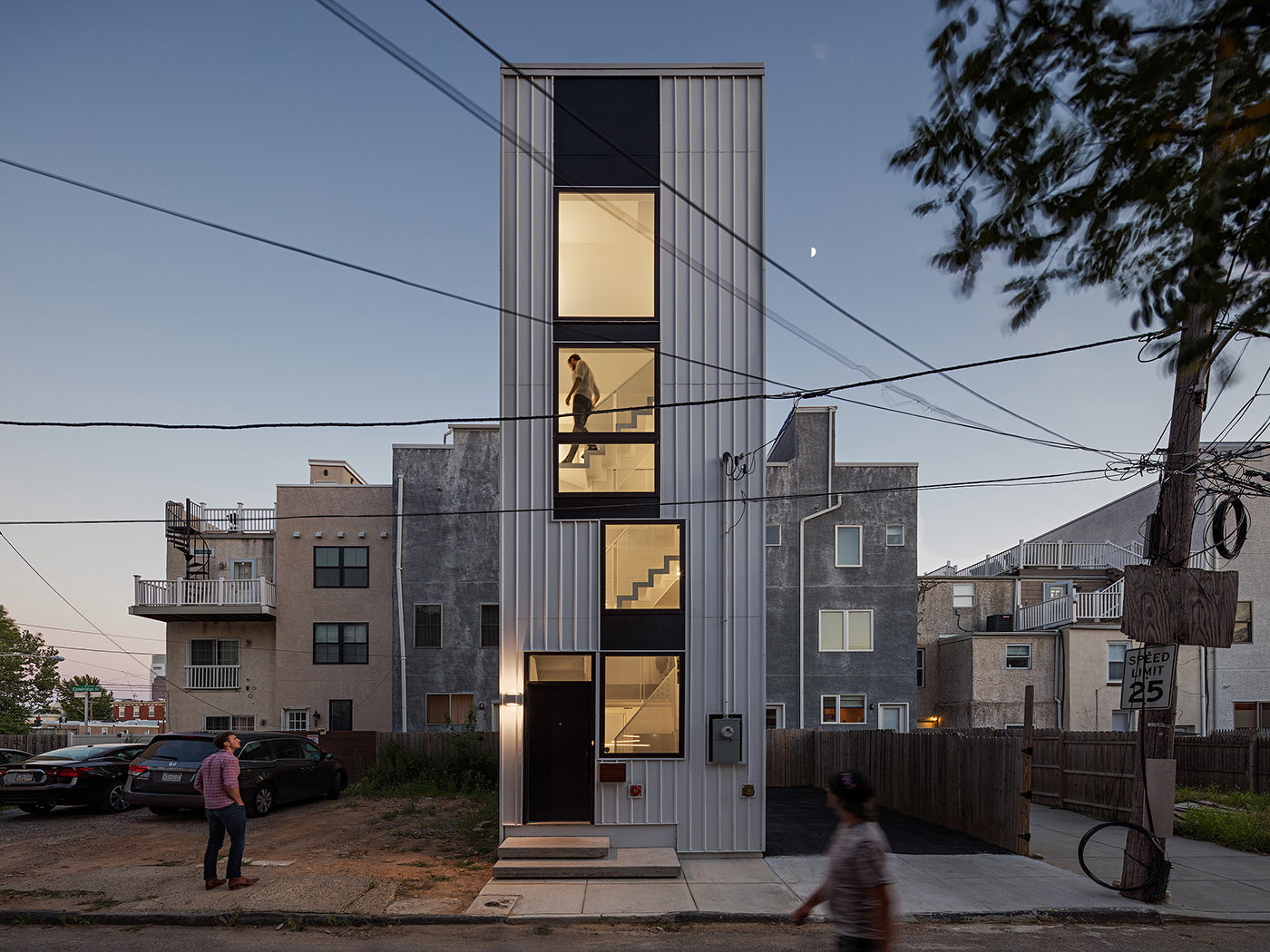
John Pawson: How Inanimate Structures Come Alive
The renowned British architect collaborated with writer Kacie McGeary for 'Living In' to discuss authenticity in design and analysis of personality
John Pawson: From a rather young age, I was interested in what made spaces comfortable to be in. I would often experiment with what gave certain rooms an inviting quality, making regular and somewhat radical alterations to those assigned to me. Once, I even went so far as to remove all of the furniture in my bedroom at school, only to discover that the general feeling of the space had little to do with what was inside it. Now that I’m older and have four decades of design work under my metaphorical belt, I have to say I still agree with my childhood self. This learning is the principle on which I’ve based my entire practice.
Over the years, I have come to believe that the emphasis of architecture falls predominantly on the quality of a space, rather than the forms that uphold it or the ornamentations that fill it. To put it plainly, it is the atmosphere that defines its character. This distinction—the presence or absence of atmosphere—is what separates architecture from buildings. After all, if you walk into a place and it doesn’t have any character, then it is simply a calibration of walls, no matter how beautiful its components are or how masterful their arrangements may be.


For Living In, a collaboration between gestalten and Openhouse magazine, some of the most unique and seldom homes in the world are explored through stunning photography and text. John Pawson shows both the inside and outside of his home farm in Gloucestershire, England. (Photos: Mariluz Vidal, Living In)
I’m sure many would agree with this sentiment, as the most memorable places have strong underlying feelings associated with them. These feelings are the result of encountering an authentic atmosphere—or personality if you will. They are the ingredients that make inanimate structures come alive and captivate our consciousness, the internal queues that awaken our senses and prompt experiences beyond mere sight, the factors that give buildings substance and make architecture, well, interesting.
When it comes to designing—or perhaps uncovering—the personality of a place, it is a slow and meticulous process, which considers several aspects. While space’s personality can begin to emerge long before a project is formally finished, it is often in a continuous state of flux, dictated by subtle shifts in composition. Thus, one of the more discernible challenges of constructing a home lies in bringing together mass, proportion, and light in the most harmonious ways possible. This refined dialogue of elements can often feel like a protracted gnawing at the proverbial bone, as it involves detecting the many ways environments are subject to change, but it has a profound impact on the overall feeling of a place.
With each project, I tend to spend large amounts of time judging whether or not the minutiae of a design is right—whether the materials, junctions, and plan flow together to create a sense of calm or combat to yield an inner tension. But even if you think you’ve got it all right, you still need to keep yourself in check. That’s the trickiest thing about architectural design: you have to continually analyze why you’re doing whatever it is you’re doing and ensure that the configuration doesn’t solely reflect your point of view. It’s tempting to want to create something that feels different each time, something new and exciting, but the reality is: authentic architecture is about encapsulating the perspective of the setting and the people who will come to inhabit it, as well as your own.


Three kitchens offer communal eating space within the complex, floor-to-ceiling windows allow for subtle plays of light and shadow to interact with the space. Minimal details accent every corner of the farmhouse, creating a uniform sense of comfortability. (Photos: Mariluz Vidal, Living In)
When I first started designing homes, I dedicated far too much time to work out the technical side of things—namely, how I thought every facet should be arranged and every idea put into practice. It led to a my-way-or-the-highway mentality, in a sense, because I truly thought there was only one way of doing things. After I’d designed several houses and burned a few bridges, however, I realized that it wasn’t just about me and my architectural vision. The process itself required that I take time to listen to the elements, the client, and the feeling of the site—because that amalgamation of perspectives, mixed with my own, is what gave each space that essence of “newness” I was craving.
Once I learned this, I began immersing myself in my clients’ lives, doing everything I could to understand their character and the atmosphere of the architectural spaces I was making for them—and my designs started to take on different rhythms. I discovered that each of my clients had strong ideas and passions that provided the drive and context I needed to create deeply personal compositions. In this way, I believe architecture is ultimately a reflection of the life in which it holds—a visceral manifesto of sincerity. And I see each of the projects I’ve designed as extensions of the people they came to represent.
I see the monks in the monastery of Nový Dvůr.
I see Calvin Klein in the Manhattan flagship.
I see Iain in the Schrager Apartment.
I see the people of London in the Sackler Crossing.
And I see Catherine in Home Farm.
The extended narratives of design and creation enduringly bind together all individuals and personalities involved, resulting in a phenomenon to which photographs can only allude. Or, as Luis Barragán phrased it: “Architecture is an art when one consciously or unconsciously creates aesthetic emotion in the atmosphere and when this environment produces well being.”
Masterpieces of architectural excellence and the people who reside within the walls, Living In is a visually stimulating journey into beautiful rooms with thought-providing essays and interviews.


